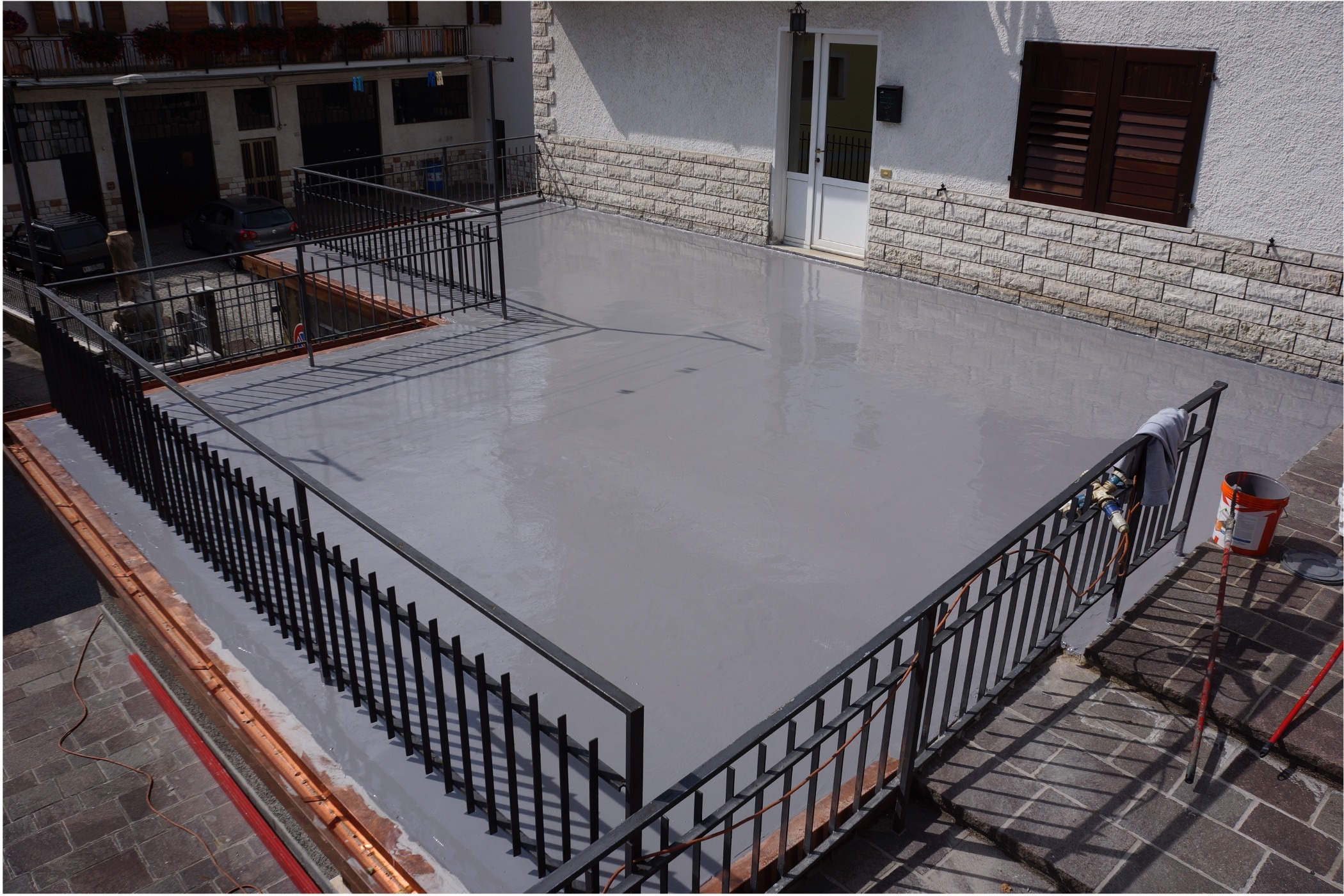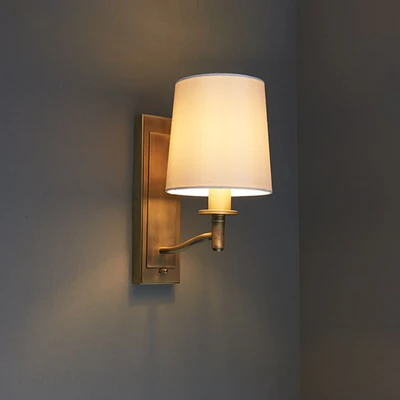The Importance of Ergonomics in Furniture Design

Introduction:
The importance of ergonomics in furniture design cannot be overstated, particularly in an age where more people are spending extended periods sitting at desks, whether at work or home. Ergonomics is the science of designing furniture and equipment that fits the human body’s natural form and promotes comfort and efficiency. In the realm of furniture design, this means creating pieces that support the body in a way that reduces strain, improves posture, and enhances overall well-being. As our lifestyles become increasingly sedentary, the need for ergonomic furniture becomes more critical to prevent physical discomfort and long-term health issues.
Ergonomically designed furniture can significantly impact productivity and quality of life. Poorly designed furniture can lead to various musculoskeletal problems, including back pain, neck strain, and carpal tunnel syndrome. On the other hand, ergonomic furniture supports the body’s natural alignment, reducing the risk of these issues. This article will delve into the essential aspects of ergonomics in furniture design, exploring how it enhances comfort, promotes health, and improves the functionality of living and working spaces. By understanding these principles, both designers and consumers can make informed choices that contribute to a healthier and more productive lifestyle.
Enhancing Comfort and Reducing Pain:
One of the primary goals of ergonomic furniture design is to enhance comfort and reduce pain associated with prolonged sitting or poor posture. Traditional furniture often fails to provide adequate support for the spine, leading to discomfort and chronic pain. Ergonomically designed chairs, for example, feature adjustable components that cater to individual body shapes and sizes. These chairs typically have adjustable seat heights, lumbar support, and armrests, allowing users to customize their seating position for maximum comfort. The use of high-quality materials, such as memory foam or specially designed foam cut to size, ensures that the furniture adapts to the user’s body contours, providing consistent support.
Moreover, ergonomic furniture helps distribute the body’s weight evenly, reducing pressure points and the likelihood of developing pain in specific areas, such as the lower back or shoulders. This even distribution of weight helps maintain proper posture, which is crucial for preventing strain and fatigue. By investing in ergonomic furniture, individuals can create a more comfortable environment that supports their physical well-being, whether they are working at a desk, relaxing in a living room, or sleeping in bed.
Promoting Health and Well-being:
The health benefits of ergonomic furniture extend beyond mere comfort. Ergonomically designed furniture promotes overall well-being by encouraging proper posture and reducing the risk of musculoskeletal disorders. For instance, ergonomic desks and chairs are designed to keep the body in a neutral position, which helps maintain the natural curve of the spine and reduces the likelihood of developing back and neck pain. This is particularly important for individuals who spend long hours working at a computer, as poor posture can lead to significant health problems over time.
Additionally, ergonomic furniture can improve circulation and reduce the risk of developing conditions such as deep vein thrombosis (DVT) and varicose veins. By providing proper support and encouraging movement, ergonomic furniture helps prevent the stiffness and discomfort associated with prolonged sitting. Moreover, the use of ergonomic furniture in the workplace has been linked to increased productivity and job satisfaction, as employees who are comfortable and free from pain are more likely to be focused and motivated. Ultimately, investing in ergonomic furniture is an investment in long-term health and well-being.
Improving Functionality and Efficiency:
Ergonomically designed furniture not only enhances comfort and health but also improves the functionality and efficiency of living and working spaces. Ergonomic furniture is designed with the user in mind, incorporating features that make everyday tasks easier and more efficient. For example, ergonomic desks often include adjustable heights, allowing users to switch between sitting and standing positions throughout the day. This flexibility helps reduce fatigue and promotes movement, which is essential for maintaining energy levels and productivity.
In addition to adjustable heights, ergonomic furniture often includes built-in storage solutions and organizational features that help keep the workspace tidy and clutter-free.
This organization can lead to a more efficient workflow, as users can easily access the tools and materials they need without unnecessary distractions. Ergonomic design principles can be applied to various types of furniture, including kitchen stools, office chairs, and even beds, ensuring that every aspect of a living or working space is optimized for comfort and efficiency. By improving functionality, ergonomic furniture helps create environments that support productivity and well-being.
Supporting Sustainable and High-Quality Materials:
The importance of ergonomics in furniture design also extends to the materials used in production. High-quality, sustainable materials play a crucial role in ensuring that ergonomic furniture is both comfortable and durable. For instance, the use of wood in ergonomic furniture design offers both aesthetic appeal and structural integrity. Wood is a natural, renewable resource that can be sustainably sourced and crafted into beautiful, long-lasting furniture pieces. Additionally, incorporating sustainable materials aligns with growing consumer demand for environmentally friendly products.
Similarly, the choice of cushioning materials can significantly impact the comfort and ergonomics of furniture. High-density foam provides excellent support and durability, ensuring that the furniture maintains its ergonomic benefits over time. The use of advanced materials and sustainable practices not only enhances the quality and longevity of ergonomic furniture but also reflects a commitment to environmental responsibility. By prioritizing high-quality, sustainable materials, furniture designers can create products that offer superior comfort, support, and durability while minimizing their environmental impact.
Integrating Aesthetics and Ergonomics:
One common misconception about ergonomic furniture is that it sacrifices style for functionality. However, modern ergonomic furniture design seamlessly integrates aesthetics and ergonomics, creating pieces that are both beautiful and functional. Designers are increasingly focusing on creating ergonomic furniture that enhances the visual appeal of a space while providing the necessary support and comfort. This approach ensures that ergonomic furniture can fit seamlessly into any décor, from contemporary office settings to cozy home environments.
Innovative design techniques and the use of versatile materials, such as wood, allow for the creation of ergonomic furniture that is both stylish and practical.
By combining sleek lines, modern finishes, and ergonomic features, designers can create pieces that appeal to consumers’ tastes while promoting health and well-being. The integration of aesthetics and ergonomics in furniture design highlights the importance of creating environments that are not only functional but also visually pleasing. This holistic approach to design ensures that ergonomic furniture can enhance the overall ambiance of a space while providing essential support and comfort.
Conclusion:
In conclusion, the importance of ergonomics in furniture design cannot be overstated. Ergonomic furniture enhances comfort, promotes health and well-being, and improves the functionality and efficiency of living and working spaces. By incorporating high-quality, sustainable materials and integrating aesthetics with ergonomic principles, designers can create furniture that meets the needs of modern consumers. Whether in the workplace or at home, investing in ergonomic furniture is an investment in long-term health, comfort, and productivity. As our understanding of ergonomics continues to evolve, the demand for ergonomic furniture will likely increase, driving innovation and improvements in design and functionality.




